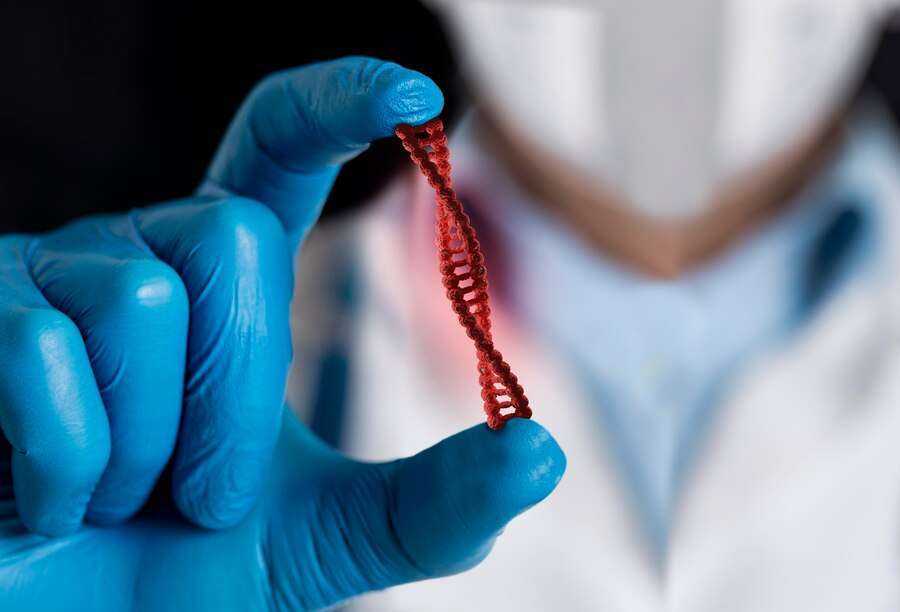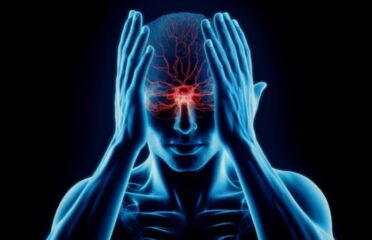Lipoid Proteinosis
Overview

Have you heard of Urbach-Wiethe disease? It's also known as Lipoid Proteinosis, and it can cause some serious problems in different parts of the body.
This happens because of some changes in the ECM1 gene, which leads to a buildup of hyaline in various tissues. This buildup can trigger all sorts of issues, like changes in skin texture, thickening of vocal cords, and maybe even some trouble with thinking. The excess hyaline throws off how your body should work, so it's crucial to manage the symptoms with specialized medical care. Scientists are researching ways to better understand Lipoid Proteinosis and help people who have it.
Symptoms
Here are three things to keep in mind about Lipoid Proteinosis symptoms:
- Your voice might sound a bit husky because your vocal cords beef up.
- You might see chunky, waxy lumps on your face, neck, or arms.
- Cuts or scrapes could leave behind pitted scars that stick around.
Remember, everyone's symptoms can be different. So, if you notice any of these quirks, it's a good idea to chat with a doc to get the lowdown and figure out the best way forward. But don't worry too much, just keep calm and stay informed!
Causes & Risks
Lipoid Proteinosis, also termed Urbach-Wiethe disease, primarily stems from genetic mutations in the ECM1 gene, leading to an unusual buildup of hyaline in body tissues, resulting in typical traits.
Factors linked to Lipoid Proteinosis are:
-Genetic Cause: The condition follows an autosomal recessive pattern, meaning an individual inherits two mutated genes, one from each parent.
-Family Connection: Those with a family history of Lipoid Proteinosis have a higher chances of inheriting the genetic mutation.
Test & Diagnosis
Diagnosing Lipoid Proteinosis entails:
-Clinical Assessment: A thorough physical examination identifies typical signs such as hoarse voice, skin lesions, and other related features.
-Genetic Analysis: DNA testing to identify mutations within the ECM1 gene, confirming the presence of Lipoid Proteinosis.
-Tissue Sampling: In some cases, a skin biopsy is conducted to examine tissue samples, checking for the accumulation of hyaline deposits as an indicator of the condition.
Treatment
Treating Lipoid Proteinosis centers around addressing individual symptoms as there's no known cure for the condition. This may include various approaches like speech therapy to enhance voice quality, dermatological methods to manage skin lesions, or specialized eye care to address issues related to the eyes.
Living With
Lipoid Proteinosis, a chronic condition, demands ongoing supervision and care from healthcare experts to alleviate specific symptoms and enhance the affected individual's overall well-being over an extended period.
Complications
While infrequent, complications of Lipoid Proteinosis can affect various aspects of a person's health:
-Voice and speech challenges: Thickened vocal cords causing hoarseness can make communication difficult.
-Skin concerns: Lesions and scarring may affect appearance and, in severe cases, joint flexibility due to skin thickening.
-Eye issues: Hyaline deposits in the cornea might impair vision or damage it, affecting sight for some.
-Emotional impact: Changes in appearance or function due to skin and vocal changes can influence self-confidence and lifestyle.
-Rare neurological effects: Some individuals might encounter seizures or cognitive issues, though these are less common and infrequent.





